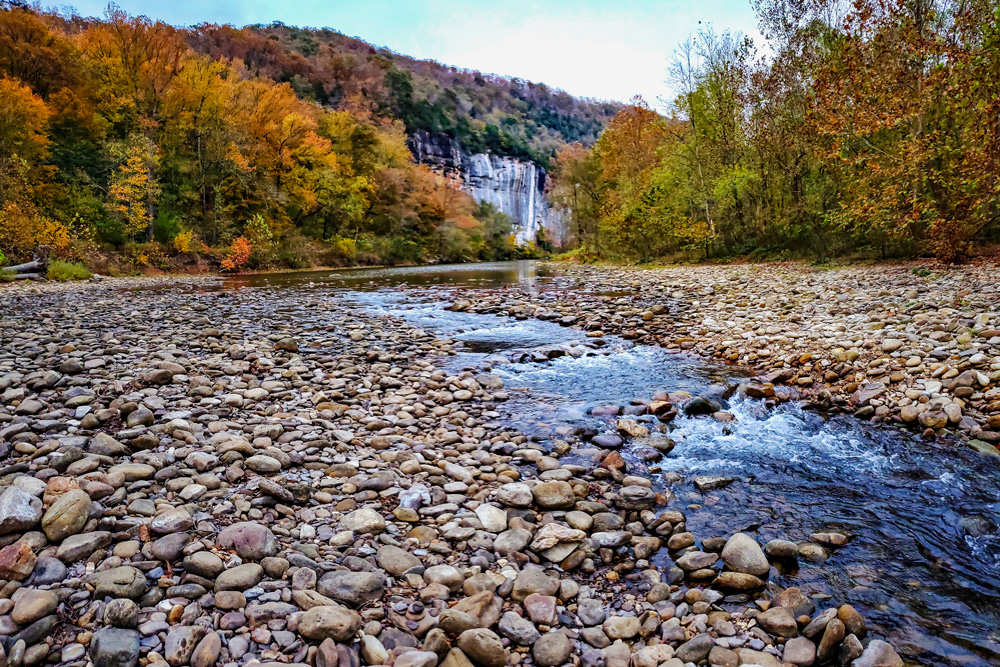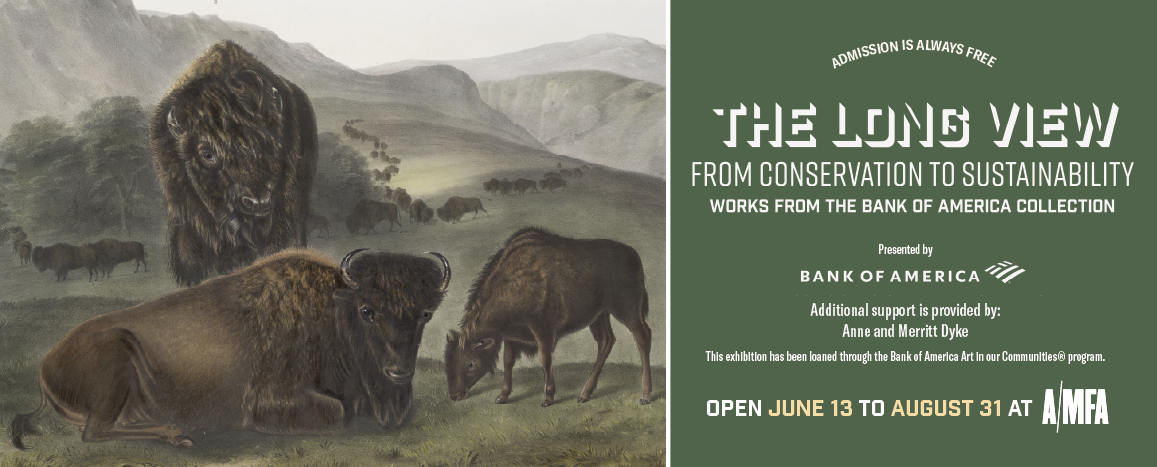LITTLE ROCK, Ark. (June 20, 2025) — The Arkansas Legislative Council on Friday gave final approval to a permanent moratorium on medium- and large-scale hog concentrated animal feeding operations (CAFOs) within the Buffalo National River watershed, cementing over a decade of advocacy from conservation groups and marking a significant milestone in the state’s environmental policy.
The decision, passed without debate, follows years of temporary protections and stems from heightened concerns about the impact of industrial swine farms on water quality in the nation’s first designated national river. The new rule permanently bans CAFOs, as defined by the Environmental Protection Agency, that are medium or large in size, based on animal count and waste production.
Environmental groups, including the Buffalo River Watershed Alliance, the Ozark Society, and the Arkansas chapter of the Sierra Club, hailed the decision as a crucial step to safeguard the river’s karst terrain, which is particularly vulnerable to groundwater pollution.
The move follows years of public outcry sparked by C&H Hog Farms, a large-scale swine operation permitted in 2012 under a general permit process that lacked public input. The farm, located near the town of Mount Judea, drew criticism and concern after manure from thousands of hogs was applied to fields near tributaries that feed the Buffalo. After years of legal and political battles, the state ultimately bought out the farm in 2019 for $6.2 million to prevent further risk to the watershed.
“This has been a long time coming,” said Gordon Watkins, president of the Buffalo River Watershed Alliance. “We’re grateful the state is finally standing up to protect this national treasure.”
Despite the victory for Buffalo River advocates, environmental groups expressed concern over broader changes adopted alongside the moratorium. The new rules ease public notification requirements for similar permit applications elsewhere in Arkansas. Under the changes, the Arkansas Department of Agriculture will no longer require legal notices in newspapers or direct notifications to local leaders; instead, permit announcements will be posted only on the department’s website, and public hearings will be optional.
Agricultural interests, including the Arkansas Farm Bureau and the Arkansas Cattlemen’s Association, opposed the permanent moratorium. In comments to the state, they argued the ban was based on public perception rather than scientific evidence, and they warned of regulatory overreach that could limit farmers’ land use rights.
State officials countered that the unique geology and national significance of the Buffalo River warranted stricter protections. While groundwater data alone may not have linked recent nitrate increases directly to hog farms, they said the potential risks justify a precautionary approach.
The rule change came under the broader context of Senate Bill 290, legislation initially intended to overhaul the state’s rulemaking process. The bill was amended during the legislative session to preserve moratoriums on CAFOs in the Buffalo River and Lake Maumelle watersheds. Future bans will now require legislative approval, reducing the ability of state agencies to act independently.
Governor Sarah Huckabee Sanders, who has expressed support for protecting the Buffalo River, reportedly threatened to veto the original version of the bill until amendments preserving the moratorium were included.
The Buffalo National River, flowing through the Ozark Mountains in northern Arkansas, draws over a million visitors annually and contributes significantly to the state’s outdoor recreation economy. Conservationists say that protecting its waters from large-scale agricultural pollution is not just an environmental imperative but also an economic one.
With the council’s vote, the long-disputed moratorium becomes permanent, offering a sense of closure for many who fought to preserve the Buffalo River for future generations. However, questions remain about how the state will handle industrial agricultural expansion elsewhere, given the newly relaxed public input rules.
Photos for this article are courtesy of the Arkansas Department of Parks, Heritage and Tourism (ADPHT).
This article was originally published on ArkansasOutside.com, your trusted source for outdoor news and updates in The Natural State. Unless otherwise credited, all photos included in this piece are the property of Arkansas Outside, LLC. We take pride in sharing the beauty and adventures of Arkansas through our lens—thank you for supporting our work!






